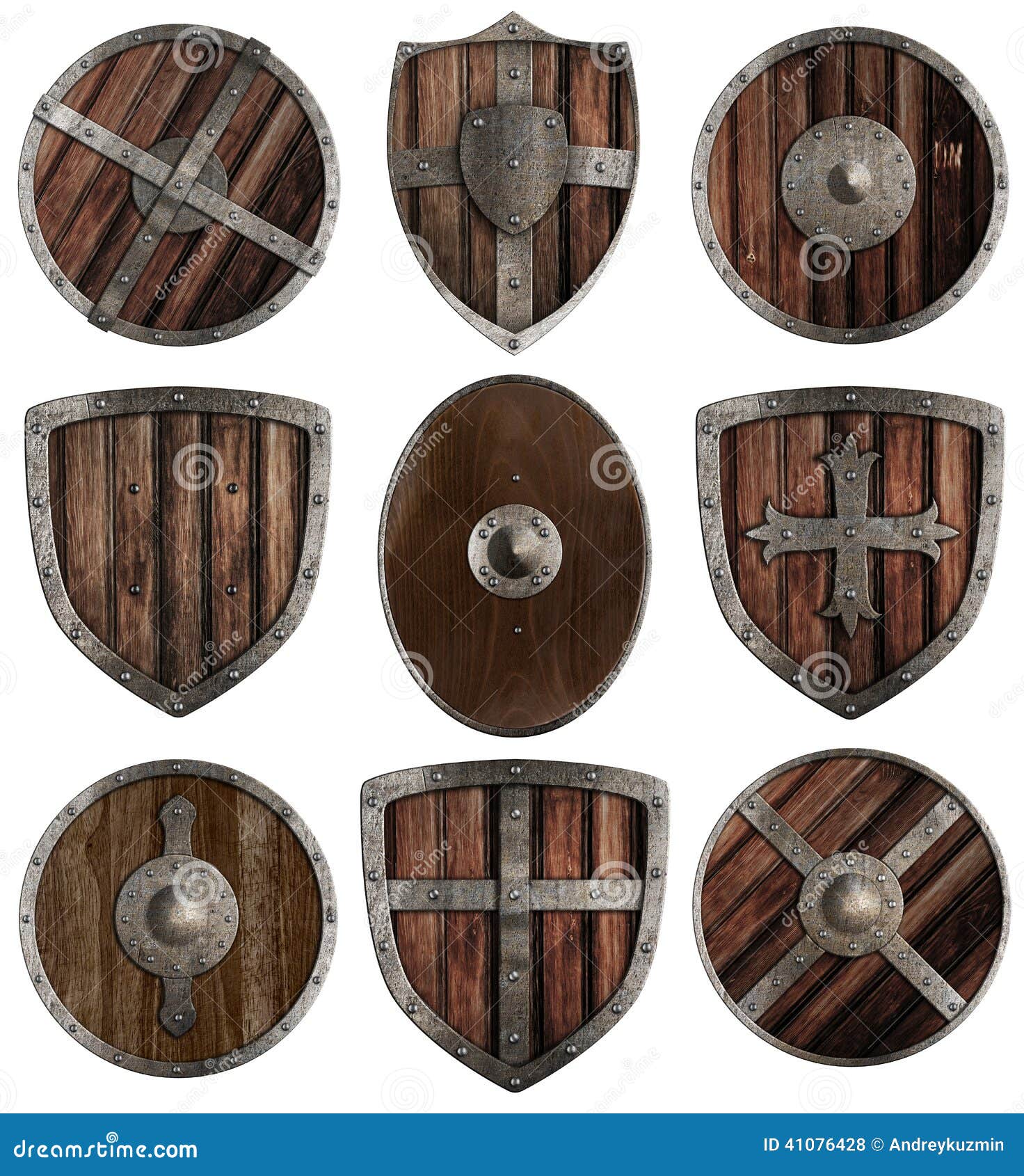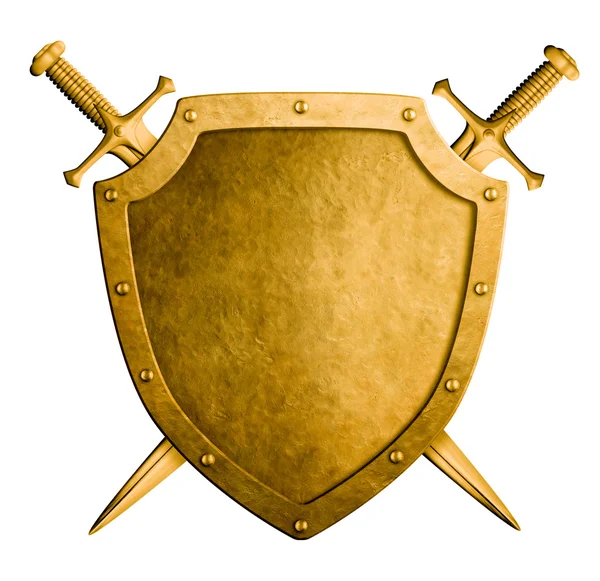


The most common type of medieval shield was made from linden wood along with leather which covered both sides of the shield apart from this, other types of materials were used to make shieldsĪs a whole, the art of making shields always depended on two factors: its weight vs its ease of use on the battlefield. The Buckler Shield *Small round shield often used for fighting and practice *Early Medieval Fighting Practice Using small Buckler Shields Medieval Shield Materials Apart from this, these types of shields were designed so to suit the purpose of either foot soldiers or knights.Ī number of them were circular in shape apart from the rectangular, kite, and heater-shaped types that were developed during the Late Middle Ages. There were a number of types of shields that were developed during the Middle Ages and that differed in shape, size, thickness, and material used. However, when the shield developed into an attacking weapon, this also became an aspect of practice when at the Pell. This was done by using a training device known as the Pell which was really a wooden stake driven into the ground.ĭuring practice, soldiers would use a wooden sword known as the medieval baton. It was important for soldiers to train for hours together so as to hone their skills when it came to using both the sword and shield in warfare. Finally, the Mantlet was a large shield that was used to stop arrows and would usually be mounted on a wooden carriage while being protected by soldiers. The Targe shield was developed in Spain and was concave, they were made from iron or iron-plated wood. Large Pavise Shield protects advanced medieval crossbowmen Among the parts of medieval shields, the boss part was generally made of wood or thick metal and was sometimes also known as the Umbo. Special attention was paid to making this part stronger in order to deflect the heavy bows of enemy swords and other weapons. It was the round central part of a shield and was, therefore, the most crucial with respect to defenses. The most important among all the parts of medieval shields was the Boss. The Vikings used Round shields that were strengthened by a metal central boss. These types of shields were developed based on earlier models that were completely made from bronze. Hoplon shields were circular in shape and made from wood and bronze. In early medieval times, the most common shield used was the round shield that originated from the ‘Hoplon Shield’ that was used by ancient Greek warriors. Early Medieval Shields 5th – 10th Century Europe & Australia shipping rate $69.Medieval shields, as the term suggests, had a definite purpose in protecting or shielding warriors, such as knights, archers, and other foot soldiers from all sorts of attacking weapons used during the medieval period.Made-to-order artwork ships in only 1 week.Direct from the artist for biggest savings.A metallic border seals the look, and a chain at the back makes for an easy wall display.īrackets are also included that allow for the addition of a set of swords for an even more impressive medieval display. Then, the authentic coat-of-arms is hand-painted by a master artist with durable oil-based enamels for vibrant color and lasting finish. Your hand-painted coat-of-arms features accent helmet, mantling, crest, surname and family motto (or country of origin) for a majestic look, for an additional $20. Your hand-painted coat-of-arms fills the entire shield like a traditional battle shield Simply provide the family surname at check out (and country of origin, if known), and we’ll do the rest, researching an extensive library of heraldic texts. As Kingdoms rose and fell throughout the Middle Ages, battle shields were a necessity, representing who you were fighting for, then hand-painted with the colors and symbols granted to your family – your coat-of-arms.įorged from steel and curved to deflect swords, the Duke Shield honors the knights of these campaigns with the historical coat-of-arms granted to your family surname, painted by hand on a 25” h x 18” w medieval shield.


 0 kommentar(er)
0 kommentar(er)
